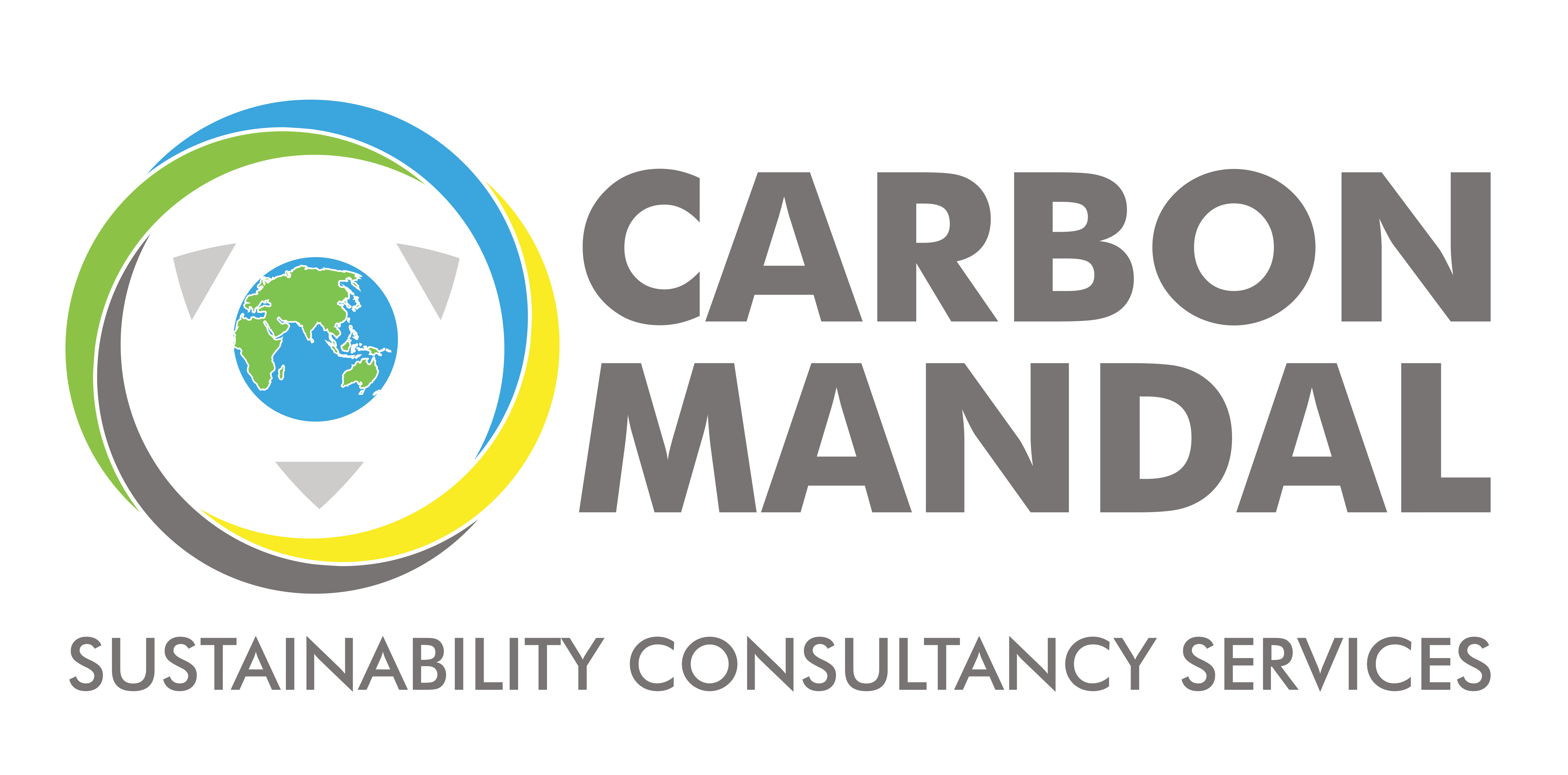Waste Heat derived power for the Indian Industries apart from the conventional renewables.
Industrial Renewable Energy Scenario in India
The energy scenario of India is being widely viewed as a fast-growing one as well as one that is being optimistically looked at in terms of growing share of renewables in the mix. As of March 2021, the Power Ministry of India stated that the Renewable Energy Sources (RES) made up only 24.5% of the total installed capacity. The Renewable energy examples include a wide range of energy sources including biomass-based sources, waste power sources other than the typical solar and wind projects. Adding hydro projects as well as nuclear power sources, the share of sustainable energy climbs to nearly 39 (1).
By analyzing the energy consumption levels across the various sectors in India, industrial energy use tends to dominate over the rest of the sectors. A 2017 study by TERI found that industrial energy consumption accounts for nearly 50% of the total pie(2). The sector awaits large scale adoption of energy efficient technologies and techniques to reduce the consumption. As a critical factor, it is to be noted that energy optimization and energy efficiency is just as important as deriving energy from renewables. Considering energy guzzling industries such as the cement and steel industries, the methods used to achieve such high temperatures are still reliant on age-old furnace technologies. In addition, excess waste heat is generally let off, thereby missing the opportunity to utilize the high thermal potential. This situation highlights the possibilities of optimizing industrial energy systems.
Current Renewable energy Market among Indian Industries
Many industries are adopting Solar PV solutions to meet their energy demands. This canbe owed to the greater feasibility of the technology integration, where the technology itself has become more economically attractive as well as policies being in favour of the adoption. The net metering scheme has been viewed as an opportunity to mitigate the high power tariffs for industrial and commercial entities. In addition, the 25 years performance and longevity of the Solar PV Modules can bring value as a long-term hedging against hikes in power tariffs. Solar PV Grid-Connected systems also pose the possibility of being easily installed on rooftops of the facilities as compared to wind energy technologies which require complex regional assessments before installation.
Hence, it has been widely observed that industries prefer to either install Solar PV Grid-Connected systems or in other cases, perform the ‘wheeling’ process allowing the formation of energy contracts with clean energy producers. The process allows the industrial stakeholder to pay for the energy according to the contract terms to the energy producer and also pay the DISCOM entities for the distribution network facility. This forms a trilateral Power Purchase Agreement (PPA) between the parties.
Alternative Green Energy Pathways for the Future
Although Solar PV is a clean energy technology, the large-scale adoption has brought a new perspective to be taken care of, that is, recycling of Solar PV Modules. With gigawatts of modules having been installed and more to be commissioned, following the 25 to 30 years life of a PV module, recycling has been considered a herculean task owing to the toxicity of silicon used in its pure form. Although perovskite solar cells are being researched on, commercial deployment is yet a few years down the road, by which time more Silicon based Solar PV Modules will be installed. Wind turbines on the other hand also pose environmental threats to birds, local habitats and other life-forms. Noise generated by wind turbines has also in some cases been viewed as to cause environmental damage. Another point to consider is that Solar PV and Wind RES are intermittent and can never be considered to meet the demands of a base load. Storage of energy from these sources is essential in order to meet base load demands, which will not only make the system expensive but also ecologically unsustainable, as bulky lead acid or the lighter lithium battery technologies are not yet considered to be clean. Sustainable development is brought about by long term visions rather than short term benefits, and hence, greener future-oriented alternatives need to be considered. In a country like India, where stubble burning, food waste and biomass based waste is available a stone’s throw away, industries could consider adopting technologies that use such sources. A study by the MNRE in 2015 found that anywhere between 20% to 50% of the input energy for an industry is let out as waste heat into the environment(3).
Considering that in 2015, the industrial sector accounted for 532 billion units (kWh), 20% of it would mean nearly 107 billion units was wasted. Many industries which have a high thermal energy intensity for their production, have been emitting the heat in an untapped way to the surrounding environment. Cement kilns, iron and steel production, brick kilns use temperatures over 400 C in most cases, and the exhaust flue gases from these industries are typically at such high temperatures. These exhaust not only cause damage to the surroundings, but also hold critical thermal energy going unutilized. The waste heat can be reused directly and, in some cases industrial electricity requirements can be met by producing electricity from generators using the waste heat based steam. Waste heat recovery technologies have the ability to derive heat from these waste heat sources and supply it to heat generation systems, where it could reduce the overall energy input. The system can be effectively optimized, hence, enhancing the overall energy efficiency.
The industrial excess energy could also be supplied through a piping network to distribute heat to local communities and other industries for their heating demands. These scenarios could not only cut down on input energy costs, but also serve as an additional revenue stream. Hence, sustainable alternatives are not only about being the greener choice, but also about envisioning a long term solution both ecologically and economically. A wise industrial stakeholder will always eye the opportunity to strike two birds with one stone, metaphorically speaking, as taking the sentence figuratively is still considered
environmental damage.
List Of References
[1] Ministry of Power, Government of India (https://powermin.nic.in/en/content/power-sector-glance-all-india)[2] NITI Aayog (http://www.niti.gov.in/writereaddata/files/Girish%20Sethi.pdf)
[3] MNRE, Government of India (https://indsteel.org/pdf/environment-related-notifications/public_notice_on_waste_heat_power_MNRE.pdf)

